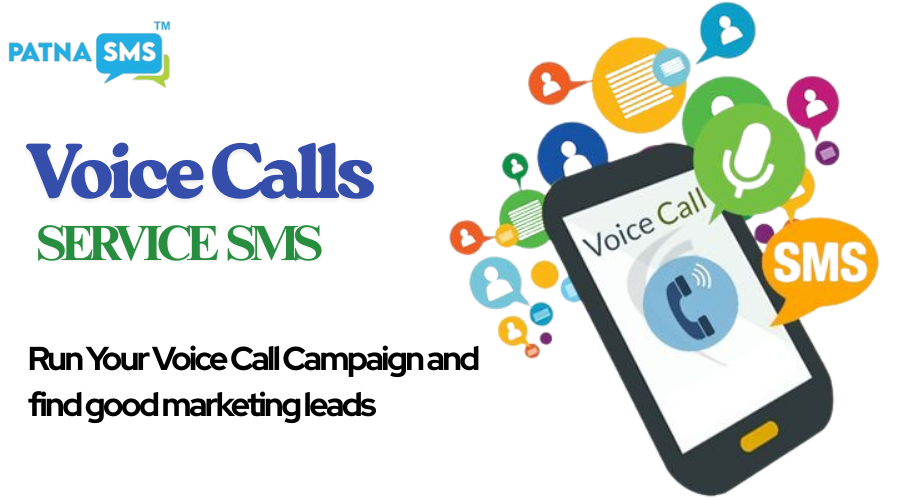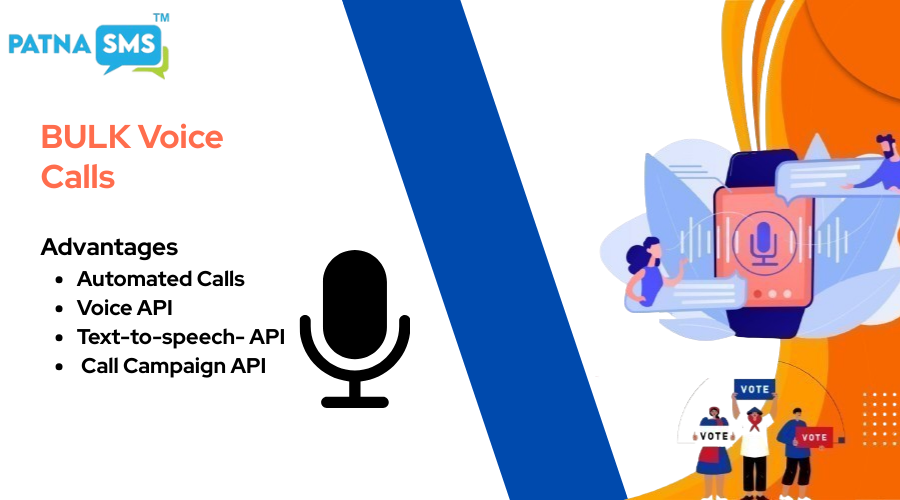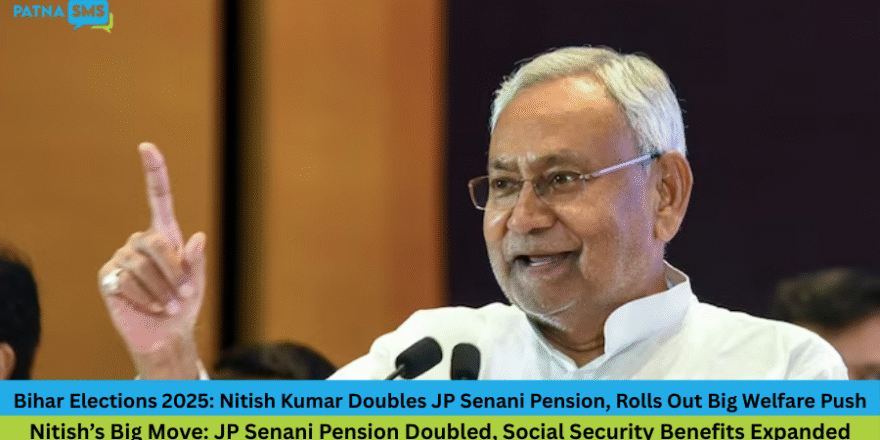Elections are the backbone of democracy. They allow citizens to choose their leaders and shape the policies that govern their lives. In today’s fast-paced, technology-driven world, political campaigns have evolved dramatically. From street rallies and posters to digital advertising, campaigns now rely on innovative methods to reach voters. One such revolutionary method is the Voice Call for Election.
Unlike text messages or emails that often go unread, voice calls carry a personal touch. Hearing a candidate’s voice, message, or vision directly makes a stronger impact. Political parties and candidates across the world are now using automated voice calls to connect with millions of voters in just a few hours. This not only saves time but also ensures that the campaign’s message is delivered consistently, clearly, and effectively.
In this article, we will explore the concept of Voice Call for Election, its importance, benefits, strategies, examples, legal aspects, and future potential in shaping modern election campaigns.
What is Voice Call for Election?
Voice Call for Election is a campaign strategy where pre-recorded voice messages are sent to voters via automated calling systems. These calls can include:
- A candidate’s introduction and background.
- Information about voting dates, times, and polling booths.
- Party agendas, promises, and manifestos.
- Motivational appeals to encourage voter turnout.
- Personalized messages addressing specific regions or communities.
This approach combines the reach of technology with the human touch of voice communication, making it far more impactful than plain text.
Why is Voice Call for Election Important?
- Massive Reach – A single recorded message can reach millions of people across different states, cities, and villages.
- Personal Connection – Voters feel directly addressed by the candidate’s voice, increasing trust and emotional engagement.
- Time-Saving – Instead of traveling everywhere physically, candidates can broadcast their message in seconds.
- Cost-Effective – Compared to TV or newspaper ads, voice calls are cheaper and more targeted.
- Higher Recall Value – People are more likely to remember a message they hear compared to reading a text message.
- Language Flexibility – Calls can be recorded in local languages, making them relatable to diverse communities.
In a country like India with over 900 million voters, Voice Call for Election plays a critical role in ensuring that campaign messages reach even the remotest areas.
Benefits of Using Voice Call for Election
1. Direct Communication with Voters
Voice calls create a sense of one-to-one communication. Hearing the candidate’s own words builds familiarity and trust.
2. Reaching Rural and Semi-Urban Areas
In many areas, internet penetration is still low. Voice calls work on any mobile or landline, making them highly accessible.
3. Emotional Appeal
A passionate speech or a motivational tone in a candidate’s voice can inspire voters to take action.
4. Customizable Content
Messages can be personalized for different groups of people—youth, women, farmers, professionals, etc.
5. Election Awareness
Apart from campaigns, voice calls can also inform citizens about the importance of voting, thus boosting participation.
6. High Engagement Rate
Studies show that voice calls have higher response and engagement rates compared to SMS or emails.
Strategies for Successful Voice Call for Election Campaign
To make the most of Voice Call for Election, campaigns need a smart strategy.
1. Clear and Concise Messaging
The message should be short, impactful, and easy to understand. Long calls may bore listeners.
2. Personalization
Adding the voter’s name or addressing community-specific issues makes the message more relatable.
3. Right Timing
Calls should be made at suitable times (morning, evening) when people are likely to answer.
4. Multilingual Support
Recording messages in regional languages ensures maximum comprehension.
5. Repeat Campaigns
A single call may not be enough. Regular follow-up calls strengthen recall.
6. Call-to-Action
Every voice call should end with a strong call-to-action: “Vote on 10th October at your nearest polling booth.”
7. Integration with Other Campaign Tools
Voice calls should complement SMS, WhatsApp messages, social media campaigns, and physical rallies.
Examples of Voice Call for Election Usage
- India’s General Elections – Almost all major political parties use voice call campaigns to connect with voters across states in their local languages.
- US Presidential Elections – Automated “robocalls” are used widely to spread campaign messages and reminders about voting.
- Local Elections – Even small-town candidates rely on voice calls to reach thousands of households at once.
Challenges in Voice Call for Election
While highly effective, there are certain challenges:
- Overuse and Annoyance – Too many calls may irritate voters.
- Regulatory Restrictions – Many countries have strict telemarketing and election rules.
- Language Barriers – Poorly translated or generic messages may fail.
- Call Drop Rates – Technical issues can affect delivery.
- Trust Issues – People may doubt authenticity if the voice does not sound natural.
Legal and Ethical Considerations
Before launching a Voice Call for Election campaign, parties must ensure compliance with election commission guidelines, telecommunication laws, and data privacy rules. For example:
- Calls should not spread fake news or hate speech.
- Voter databases must be handled responsibly.
- Consent and privacy rights of citizens must be respected.
Ethical campaigns build credibility, while unethical practices can damage reputation and attract penalties.
Future of Voice Call for Election

The future of election campaigns lies in AI-powered and interactive voice calls. Instead of just listening, voters will soon be able to interact with automated systems by pressing keys or speaking responses. For example:
- “Press 1 if you support our candidate.”
- “Press 2 to know your polling booth location.”
- “Say YES if you will vote.”
With advancements in natural language processing, voice campaigns will become more personalized, engaging, and interactive.
Case Study: How Voice Call for Election Changed Voter Turnout
In a recent election campaign in a developing country, voice call campaigns were used in rural areas where literacy levels were low. The candidate recorded a motivational speech in the local dialect urging people to vote. Within days, the campaign reached over 3 million people, and voter turnout increased by 18% compared to previous years. This clearly shows the potential of Voice Call for Election in boosting democracy.
Best Practices for Political Campaigns Using Voice Call
- Keep messages under 60 seconds.
- Use a friendly and natural tone.
- Record in professional audio quality.
- Segment the audience by age, gender, and region.
- Provide useful information like polling station addresses.
- Avoid spamming – limit calls to 2-3 per week.
- Combine with digital campaigns for maximum impact.
Conclusion
Elections are not just about winning seats—they are about connecting with people, understanding their needs, and motivating them to participate in democracy. Voice Call for Election has emerged as one of the most effective tools in modern campaigning. It is cost-effective, impactful, and accessible to everyone regardless of internet access.
From creating awareness to building emotional connections, voice calls give a candidate’s campaign the personal touch that texts and social media often lack. When used responsibly and strategically, they can significantly boost voter turnout, strengthen trust, and ultimately influence election results.
As technology advances, Voice Call for Election will only grow stronger—transforming how leaders engage with citizens and ensuring that every voice truly matters in shaping the future of democracy.





